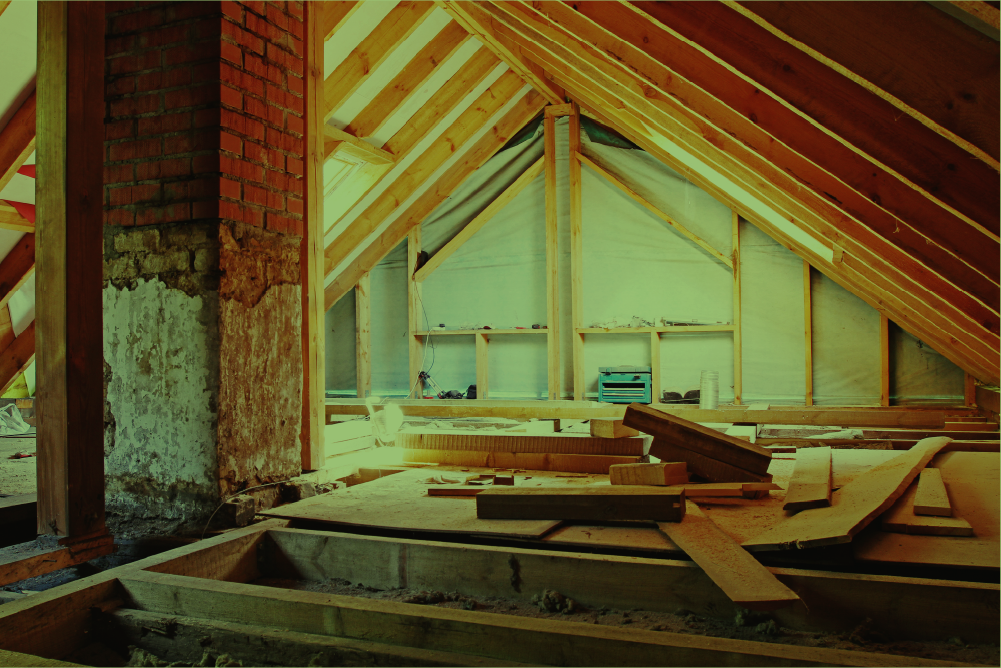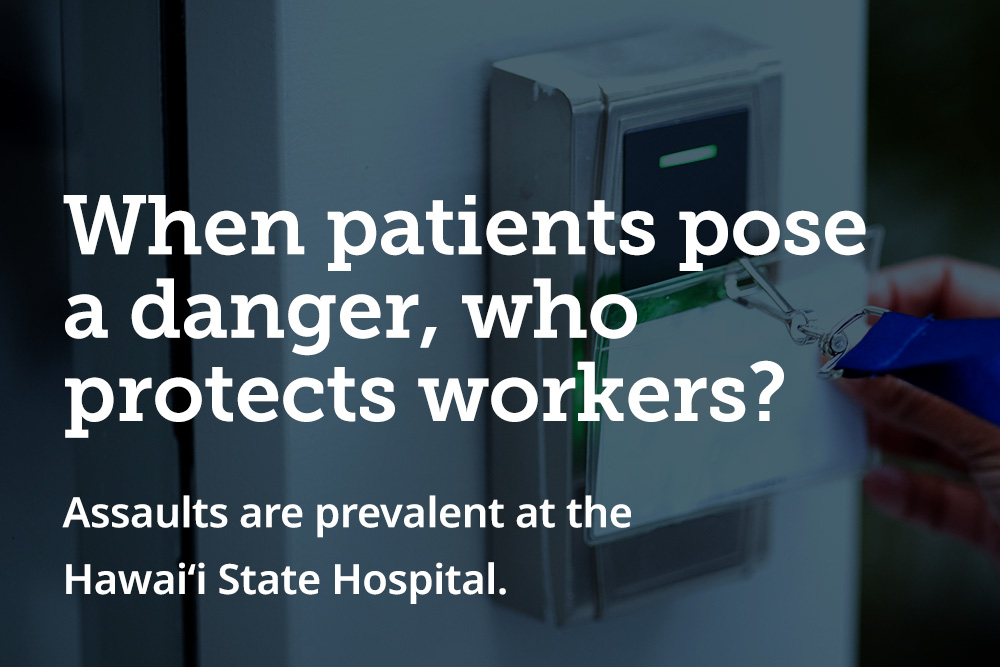
Lung cancer is the leading cause of cancer death for both men and women in the U.S., accounting for nearly 25 percent of all deaths from the disease. Although this statistic may be grim, the results of a new international study provide hope. In the study, researchers discovered that regular screening for lung cancer using a CT scan enables early identification of the disease, in turn significantly impacting the long-term survival rate.
Currently, lung cancer screening is limited to people deemed to be high risk. However, there has been some discussion regarding whether screening should be extended to people exposed to asbestos or second-hand smoke.
What is the Survival Rate for Lung Cancer?
According to the American Lung Association, lung cancer has a five-year survival rate of 18.6 percent. This is far lower than many other types of cancer, such as colorectal (64.5 percent), breast (89.6 percent), and prostate (98.2 percent). Survival rate refers to the percentage of people who survive a certain type and stage of cancer for a specific amount of time.
By the time symptoms appear, lung cancer is often advanced. Currently, only 16 percent of lung cancer is caught early and more than half of people die within a year of diagnosis. This underscores the importance of detecting lung cancer at an early stage through an annual screening program.
About the Lung Cancer Research Study
For the study, named the International Early Lung Cancer Action Program, researchers examined lung cancer survival rates for over 87,000 participants. Of those participants, 1,285 were screened using a low-dose CT scan. Performed annually, the screening allowed for the early detection of lung cancer. Of the 1,285 participants who were screened, 83 percent were diagnosed with early-stage cancer (stage one). Their overall 20-year survival rate was 80 percent.
The survival rate of participants also depended on the classification of their lung nodule. A solitary lung nodule is a small abnormal area measuring up to three centimeters in size. A pulmonary lesion greater than three centimeters is classified as a lung mass. Nodules are further classified as solid, subsolid (part-solid), or nonsolid.
Classification of Lung Cancer Nodules
- Solid nodules completely obscure the entire lung parenchyma (the portion of the lung involved in gas transfer) within it.
- Subsolid nodules have sections that are solid.
- Nonsolid nodules have no solid parts.
In the study, researchers found that the long-term survival rate was 100 percent for participants who had a nonsolid or part-solid nodule consistency. The long-term survival rate for participants with a solid nodule consistency was 73 percent. The researchers further reported that there were no lung cancer deaths for participants with part-solid and nonsolid nodules.
If lung cancer is small enough and can be surgically removed, patients can be effectively cured long-term.
What is the Link Between Asbestos Exposure and Lung Cancer?
According to the International Agency for Research on Cancer (IARC), there is evidence that exposure to asbestos causes lung cancer and mesothelioma (a rare cancer of the thin membranes that line the chest and abdomen), as well as other types of cancer, including cancers of the larynx and ovaries. It is thought that most mesotheliomas are due to asbestos exposure.
Asbestos exposure may also increase the risk of asbestosis, an inflammatory condition affecting the lungs that may cause permanent lung damage, as well as other non-malignant lung and pleural disorders.
Asbestos has been classified as a known human carcinogen (a substance that causes cancer) by the U.S. Department of Health and Human Services (HHS), the U.S. Environmental Protection Agency (EPA), and IARC.






